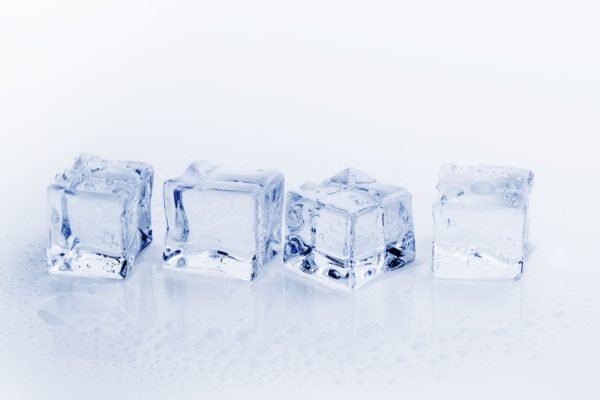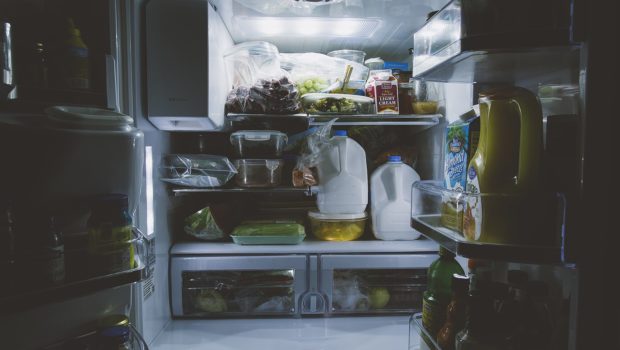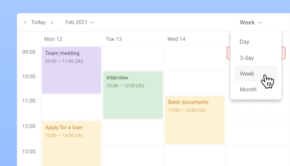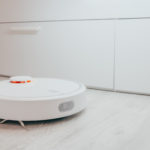The Five Most Common Things That Break in a Modern Refrigerator
Refrigerators are an essential component of modern life. We rely on these often overlooked machines to keep our food fresh and safe to eat. Most of us don’t really think about our refrigerators until something goes wrong, plunging our domestic lives into chaos. Spoiled food, last minute replanning for meals, and buying more groceries is an expensive headache that no one wants to deal with.
Refrigerators, like any other machine, occasionally break down. Having a basic understanding of what is wrong can help streamline the repair process, so here are the six most common things that break in modern refrigerators.
Before You Begin

Before you begin searching for the cause of your refrigerator’s problems make sure you unplug it. If you need to move your refrigerator away from the wall asking a friend or family member for help is an excellent way to avoid potential injuries.
If you need to plug your fridge in to help diagnose the problem always be sure to avoid touching any wires. If you need to move your refrigerator away from the wall slip a largeish piece of sturdy cardboard underneath it so that it doesn’t scratch your floors.
You should also review your owner’s manual thoroughly before you begin poking around so that you can become familiar with your specific model of refrigerator. You should also review your warranty before you begin to make sure you don’t accidentally void it.
Five Common Things That Break on Refrigerators
The Condensor Coils
The condenser coils, located on the defrost thermostat, is an integral component involved in keeping your fridge cold and your food safe to eat. If the coils on the thermostat become frosted over the entire thermostat may need to be replaced.
Before you start researching parts numbers try cleaning your condenser coils with a condenser coil brush or vacuum. Giving your condenser coils an annual cleaning can extend their life and the life of your refrigerator.
The Circuit Board
A burned out circuit board or a stuck circuit board relay, can keep your refrigerator from staying as cool as it needs to be. However, before you pull out your phone and begin searching for a good repair service there are a few things you can try.
First, unplug your fridge and pull it away from the wall before removing any metal cover plates or access panels on the back of your fridge. Next, look for the circuit board and examine it closely. If it appears to have any burn marks on it it will need to be replaced.
If the board does not have any burn marks on it the culprit may be the relay. The relay is a large rectangular plastic box. Plug your fridge back in carefully and avoid touching any wires. Then tap lightly on the compressor relay to jiggle the electronics inside. If your fridge starts up you need a new circuit board.
If there are no burn marks and the tapping doesn’t do anything the problem may lie with the relay located on the compressor. This is also probably the case if your fridge makes any humming or clicking sounds before promptly shutting off. Problems with circuit boards are not easily repaired and should be left up to a professional. It is both safer and easier to call in a professional and have the circuit board replaced entirely than attempt DIY repairs.
The Ice Maker

A broken ice maker might not cause your refrigerator to stop working, but it is still a nuisance. Depending on the problem it can also cause more grief later on if it isn’t addressed, including causing water to pool under your refrigerator and cause more damage. When an ice maker stops working the culprit is usually one of three parts: The connector tube, the saddle valve, or the water inlet valve.
The Connector Tube
The most common ice maker related problem is a clogged tube. The tube is responsible for supplying your icemaker with water, which tends to occur when the water pressure is too low. This trickling water freezes over time, creating a blockage.
The Saddle Valve
Your ice maker might also stop working if there is a blockage in your saddle valve. The saddle valve is what connects your icemaker to your home’s water supply.
Your saddle valve is likely located in one of two places: either in your unfinished basement or under your kitchen sink. Simply turn off your refrigerator, unhook your saddle valve, and clear the blockage.
The Water Inlet Valve
The third reason your icemaker might stop working is if your water inlet valve needs replacing. Your inlet valve is located on the back of your fridge and is responsible for turning the water supply to your icemaker on and off as needed.
Check to make sure your inlet valve is getting the water it needs. To do this simply turn off the water at the saddle valve and disconnect the supply tube from the inlet valve. Hold the tube over a large bucket and ask a friend or family member to turn on the saddle valve. If water flows into the bucket then the water supply is fine and the inlet valve is the likely culprit and will need to be replaced.
The Drain Tube
If the drain tube in your freezer becomes clogged it can cause your freezer to leak. This can lead to pools of water forming either in the main section of your refrigerator or on the floor beneath it, potentially damaging your floor. In order to unclog your drain tube, you will first need to unplug it.
Depending on what model of refrigerator you have you will either need to remove the cover panel on the fridge, unscrew the floor panel, or do both in order to access the drain tube. Once you have accessed the drain tube use a hairdryer to melt any ice that has built up around it and use a sponge or towel to mop up the water.
Once all of the ice has been melted clean the area around the drain hole thoroughly, then blow air through the tube to ensure it is clear. This can be done using a tire pump or an air compressor. However, if you use an air compressor make sure you don’t use more than 30 psi or you could risk damaging your refrigerator.















